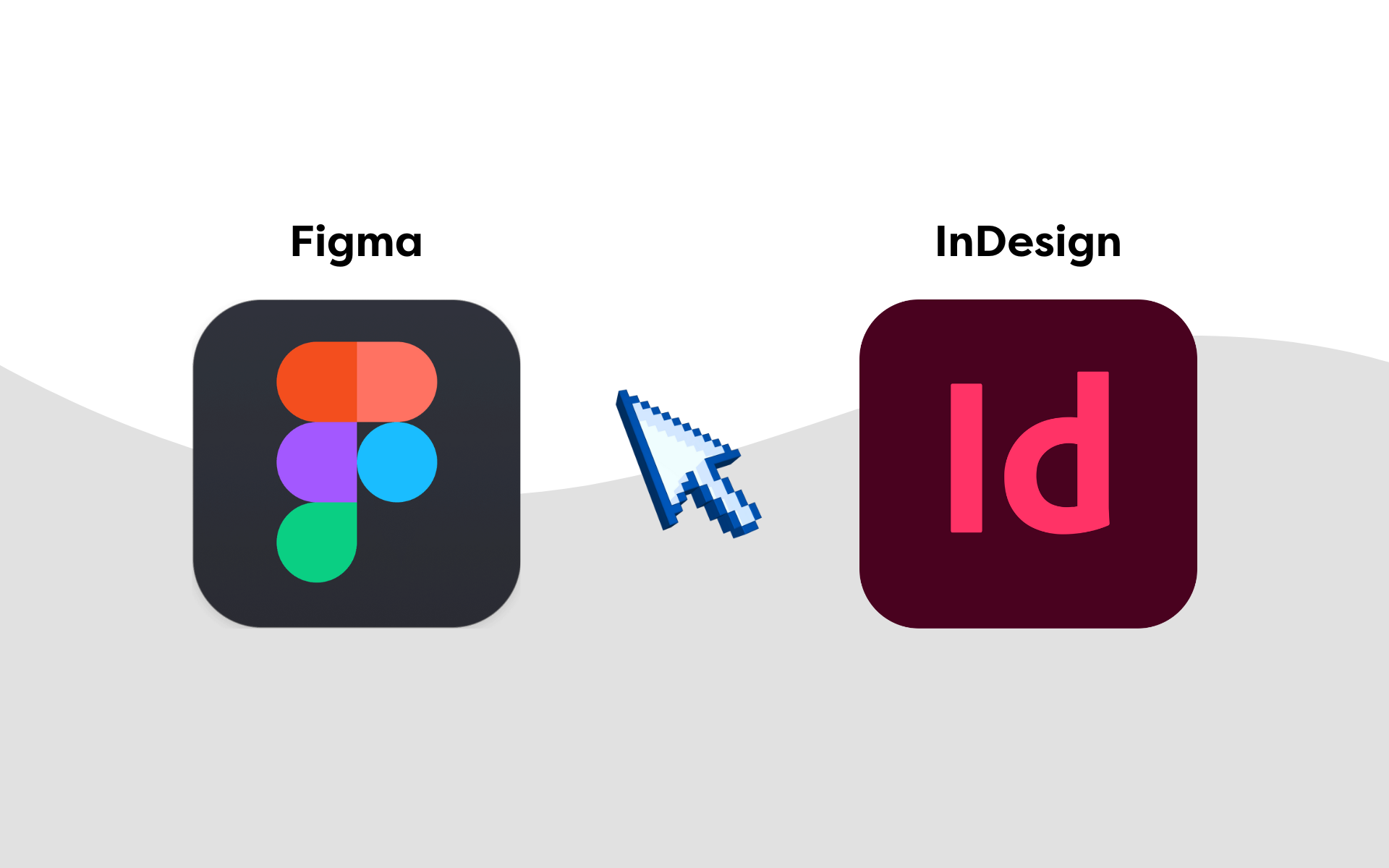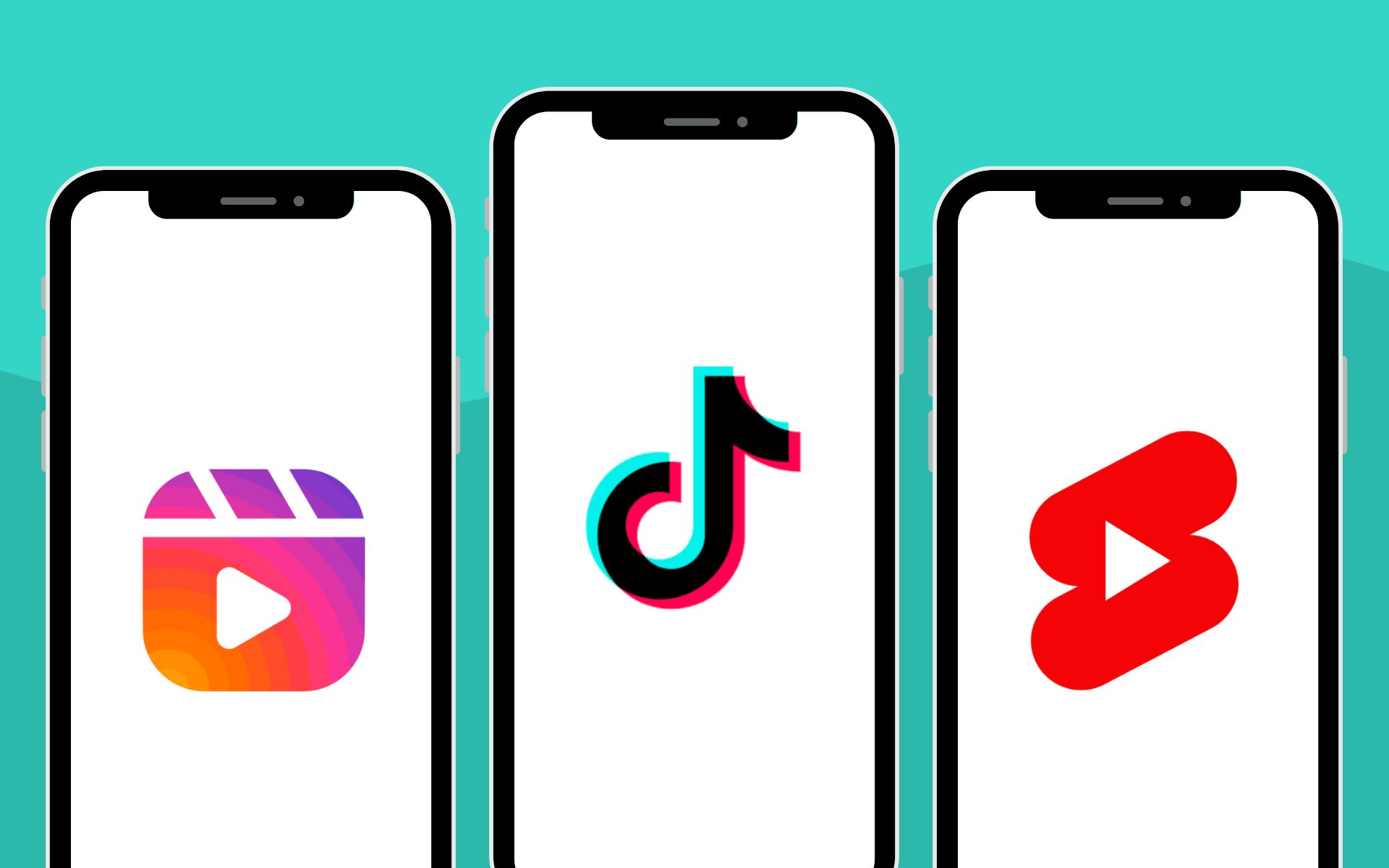Following on from our FREE SEO webinar with Dave Chaffey at Smart Insights on Wednesday 30th August 2017, we’ve created a quick blog post to dig deeper into some of the key webinar takeaways.
We hope you enjoyed our FREE SEO webinar in partnership with Dave Chaffey at Smart Insights. Our CEO Matt Janaway rarely takes to the SEO stage and normally likes to keep a low profile however after the webinar, Matt told the team here at Marketing Labs that ‘it was great to share some of his SEO knowledge to help digital businesses grow online – even if it was a bit out of his comfort zone speaking to over 350 people!’ If you didn’t catch the FREE webinar, we discussed recent algorithm changes, some often-overlooked ways to optimise your website and tips for creative link building. You can view the webinar slideshow here.
About Dave Chaffey
Dave Chaffey is the Co-CEO of Smart Insights, best selling author and an experienced digital strategist. Back in 2004, Dave was recognised by the CIM as one of the 50 marketing ‘gurus’ worldwide who have helped shape the future of marketing. In 2010 he was elected an Honorary Life Fellow by The IDM in recognition of his work in educating marketers on best practices within the digital marketing sphere. With years of digital experience, Dave now dedicates most of his time to Smart Insights, which is an online publisher and digital marketing advice portal that helps marketers get the most out of their digital marketing spend.
Visit Dave Chaffey’s LinkedIn profile here.
Visit Dave Chaffey’s personal website here.
About Matt Janaway
Matt Janaway is the CEO of Marketing Labs and a prominent digital influencer. He started his career journey during the mid-2000’s internet retailing boom by developing 10+ eCommerce stores which he sold before moving to a Head of Digital role with a large UK industrial supplies company. With over 14 years of SEO experience, Matt specialises in eCommerce growth and has a deep understanding of how search engines behave and operate. Over the years, Matt has perfected his own algorithm that he believes is as close to Google’s as possible can be! Through years of hard work and hundreds of tests, Matt has developed sophisticated link-building tactics that drive huge SEO growth.
Visit Matt Janaway’s LinkedIn profile here.
Visit Matt Janaway’s personal website here.
Webinar Agenda
If you would like to view the FREE webinar slideshow alongside reading this blog post, please click here to view the powerpoint on Slideshare. During the 1 hour SEO webinar, Matt and Dave discussed a wide variety of SEO related topics, however, we’ve concentrated on digging deep into the following three SEO subject highlights;
- Recent algorithm changes in 2017
- Creative and underused link building tactics
- How to use keyword data to repurpose your website content
Recent Algorithm Changes
If you hadn’t already noticed, Google update their algorithms all the time – almost daily! Research from Moz shows Google changes its search algorithms approximately 500 to 600 approximately each year. While most of these changes are very minor and cause little search disruption, Google occasionally reveals a ‘major’ algorithmic update (much like their recent Google Panda and Google Penguin updates) that can have a much more significant impact on search results and cause rankings to fluctuate heavily.
As discussed in the webinar, Matt reassured viewers that, in reality, most of these changes have very little impact on search results and rankings. However, during 2017, there have been two Google algorithm updates (Fred & Intrusive Interstitial) that have rocked the SEO boat and needed some attention and strategy.
Fred Algorithm Update – March 2017
Jokingly referred to as ‘Fred’ – Google rolled out what appeared to be a major update back in March 2017. Although unconfirmed, Fred algorithm updates have resulted in widespread reports of SEO impact throughout the industry. As discussed in the webinar, Matt highlighted that the Fred update aimed to target low-quality websites with the aim of stripping low-quality websites that display poor and affiliate content out from search results.
Your website may have been targeted by the Fred algorithm update if…
- Your website has low quality or recycled content – this could be copied content from another website or from an internal page. You can find pages with a high proportion of duplicate content via crawl tools such as Screaming Frog or SEOmator.
- Your website has excessive adverts displayed on the page – with Google now using website user experience (UX) as a ranking metric, take a look at your website and ask yourself ‘could the numbers of adverts affect our users’ experience?’
- Your website has obvious affiliate/sponsored outbound links – with website link profiles still making up the bulk of Google’s ranking algorithms, the search engine giant doesn’t want to see that you’ve paid or been sponsored for those links! Guest posts are now common practice, however, make sure they are positioned to look natural within the other posts on a site.
- Your website has an unnatural link profile – your website’s link profile should be your key focus if you’re serious about your site’s SEO. Before you build links, you should first profile your competitors to see what types of links you need to create to ensure you build a natural link profile that matches competitors. Matt calls this tactic the ‘Chameleon Effect’. If you set out to only building high-quality links from authoritative websites, this could damage your link profile as it looks unnatural to search engine crawl spiders.
Intrusive Interstitial algorithm update
In January 2017, Google officially confirmed that they launched their intrusive mobile interstitial penalty. As Google promised, the intrusive interstitial update aims to penalise web pages that use overly aggressive pop-ups and ads on mobile devices immediately when a visitor arrives on the website directly Google search result. This basically means that web pages where content is not easily accessible to a user on the transition from the mobile search results may not rank as highly! Here’s an example of a few interstitials that may make your content less accessible to users.
To ensure your website steers clear from any Google penalties (and they won’t tell you that you received a penalty!) try to make sure your interstitials follow this checklist close:
- Make sure you adverts and popups are easy to close
- Make sure your interstitials have minimal UX impact
- Ensure your ads and pop-ups fold above content, instead of over
- Try to keep interstitials on a small proportion of the screen
Here’s an example of a few interstitials that are acceptable to Google.
[Image courtesy of Search Engine Land]
Creative & Underused Link Building Techniques
Forget the hype, link building is not dead! As discussed in the FREE webinar, Matt highlighted that in 2017, link building still remains one of the most important search engine ranking factors. More than ever before, Google likes to see quality and relevancy with the emphasis based on QUALITY not QUANTITY. It’s amazing just how many search engine marketers (SEO’s) forget to follow this simple and basic strategy and invest in SEO for the long term. With the link building world slowly becoming saturated, it’s time cut through the usual tactics and try some avenues you may not have considered.
Building links from within your own network
This tactic does not mean building links from within your own personal blog network (PBN) – it’s about getting creative and using your own business network to build natural, high-quality backlinks to your website. Take a minute to think about your own network and list all the possible relationships who you could approach for a link. Utilising existing relationships can help build a natural link profile, save outreach time and effort and help you uncover link opportunities you didn’t know existed.
[Image courtesy of Royal Robbins]
Here are some link types you may want to consider when building links from within your own network;
- Testimonial links – do any of your suppliers or service providers that allow clients to write testimonials on their website?
- Case study links – why not approach a service provider and ask for case study around how their service or product has helped an element of your business?
- Product supplier website links – can you get a link that highlights that you are an official product supplier?
- Business award links – applying for business awards offers a unique opportunity to create natural backlinks and raise your business profile. Take some time to research local and regional business awards and enter those categories that suit your budgets.
- Local partner links – local directories and local partnerships such as charities offer untapped link opportunities! Have a think about your local partnership network. For example, do you sponsor an event or local sports team?
- Service provider links – are you currently using a software as a service (SaaS) or working with smaller more independent internet providers, office management companies or utilities? Why not approach your service providers to see if you can build a link via through a testimonial or case study page.
Create controversial content
The popular phrase ‘write the content and links will follow’ is unfortunately not going to cut the mustard in today’s busy SEO world. However, as Matt discussed during the FREE webinar, writing potentially controversial content is one SEO link building tactic that can naturally attract links that will help to boost your site’s domain authority (DA). Don’t be afraid to go against the grain when you write your next blog post, research article or helpful guide! Remember, interesting content can attract natural links whilst you sleep! Here are a few different angles you could approach when creating controversial content.
- Write about the ‘white elephants’ – this could be in your industry, supply chain or even about your customers! Here’s a great example of writing an article that goes against the grain.
- Annoy a group of people – create content that challenges your readers’ thoughts and gets under their skin. This approach can help natural shares on social media platforms.
- Take the comedy approach – be careful you don’t look stupid, here’s a great example of amazingly funny content.
- Use data and research to backup your content – content with strong data credentials shows expertise and trust in your field and creates an obvious and natural destination reference for others to link to.
Don’t forget to push all your content through the relevant social media channels and feeds – this could lead to your post reaching more ‘eyes’ and potentially going viral within your industry. Have you thought about using a social promote tool such as Quuu?
How To Use Keyword Data To Repurpose Your Website Content
Repurposing your content doesn’t mean deleting what’s already there, nor does it mean creating brand new pages (although this is a great tactic). Matt used the term ‘repurposing’ during the FREE webinar as a way for webmasters and content writers to evolve, develop and improve content on pages that are already ranking for search queries. Remember that blog post you wrote 2 years ago about the ‘Top 5 Christmas presents under £5?’ – now it’s time to revisit that page and use the keyword data collected over the years to help you freshen up the content and add to, in a bid to boost its attractiveness to search engines.
Repurposing content this way even allows you to target ‘low hanging fruit’ keywords where your page ranks between #6th – #15th position. Use your data to find long tail keywords receiving impressions and adjust your content accordingly. To boost performance across these keywords, try adding a new heading and a fresh new paragraph with an image ATL tag around the search query.
How to use Search Console data to find keyword opportunities
Before re-purposing your content, you’ll need to find the keyword opportunities. To do this, you’ll need to have set-up Google Search Console (formerly Webmasters) and linked it to your Google Analytics account, It is within Search Console that we can analyse search impressions to find repurposing opportunities. Search queries with few clicks but high impressions offer untapped potential and offer the chance to create content ‘freshness’, working with the original content.
Follow these steps to help you find keyword opportunities;
- Log into Search Console – https://www.google.com/intl/en/webmasters
- Click ‘search traffic’
- Click ‘search analytics’
- Tick ‘impressions’
- Re-sort ‘impressions’ from high to low
- Find unexpected queries
- Check your SERP for the query ad landing page
- Fine-tune the page that ranks!
In just a few quick minutes, Search Console can clearly highlight keyword opportunities. The phrases with a red box around then show high impressions but few clicks – this is your untapped opportunity.
How to best implement content changes
Before implementing any changes it is first very important to check the keyword opportunity search terms for internal cannibalisation – read more about this topic here. This is to ensure you don’t overwrite other popular pieces of content currently on your website and destroy your current ranking. Once you have found your new keyword opportunities, found the landing pages and decided which phrases you want to target, now it’s time to implement these repurposing changes. Here are a few ways you could do this with damaging the web page you’ll be working on.
- Add a new title (h2 or h3) and paragraph around the keyword or phrase – this will show Google your post could provide the answer and content to a users search query.
- Add an image with descriptive ALT text – add an image to the new paragraph with a descriptive ALT text or if your page is missing these important tags, write a few for other images on the page that include your keyword or phrase.
- Re-jig the page title and add the new keyword – is there room in your page title to add the keyword naturally?
- Utilise old pages for internal links – have you written another post that maybe provides content around your new keyword opportunities, a great way to show Google you know what you’re talking about is to reference this page within your content.
- Remember to track the SERP position – make a note about the content on the page and remember to check back and see how your changes are performing. Have some patience, it may take weeks for Google to notice these small changes. If you think your page performance has decreased, try altering the content back to match the original.
Repurposing your content using deep Search Console data can be a huge task – to make it a worth while task, focus on the pages that drive your revenue and leads – this will ensure your time is well spent and not wasted.
We recommend to repurpose your product content regularly as search queries continue to evolve – you can find out more about how to write the perfect eCommerce product description that will rank in search results and download our FREE template here.
Webinar Summary
As always, every SEO topic is a deep topic in its own right! We hope the content in this blog post has helped you to understand and dig deeper into our FREE webinar takeaway highlights. Below, we have summarised the learning from both our FREE webinar and highlights blog post for you to digest easily.
- Google update their algorithms daily – keep updated via Moz updates
- Work on your low-quality pages – crawl you site determine ‘poor performers’
- Limit advert UX disruptions – test, test, test and get real visitor feedback
- Utilise your own network for building quality links – if you don’t ask, you don’t get!
- Don’t be afraid to go against the grain when writing content – challenge your team to try a new approach
- Forget about sophisticated keyword tools, you have all the data you need to improve rankings.
- Remember the value of your older content – repurpose with performing keywords to boost rankings
As always, we’re here to help with any SEO questions you may have. Drop us an email or give us call if you would like to find out more about how we can help your business grow online today!














